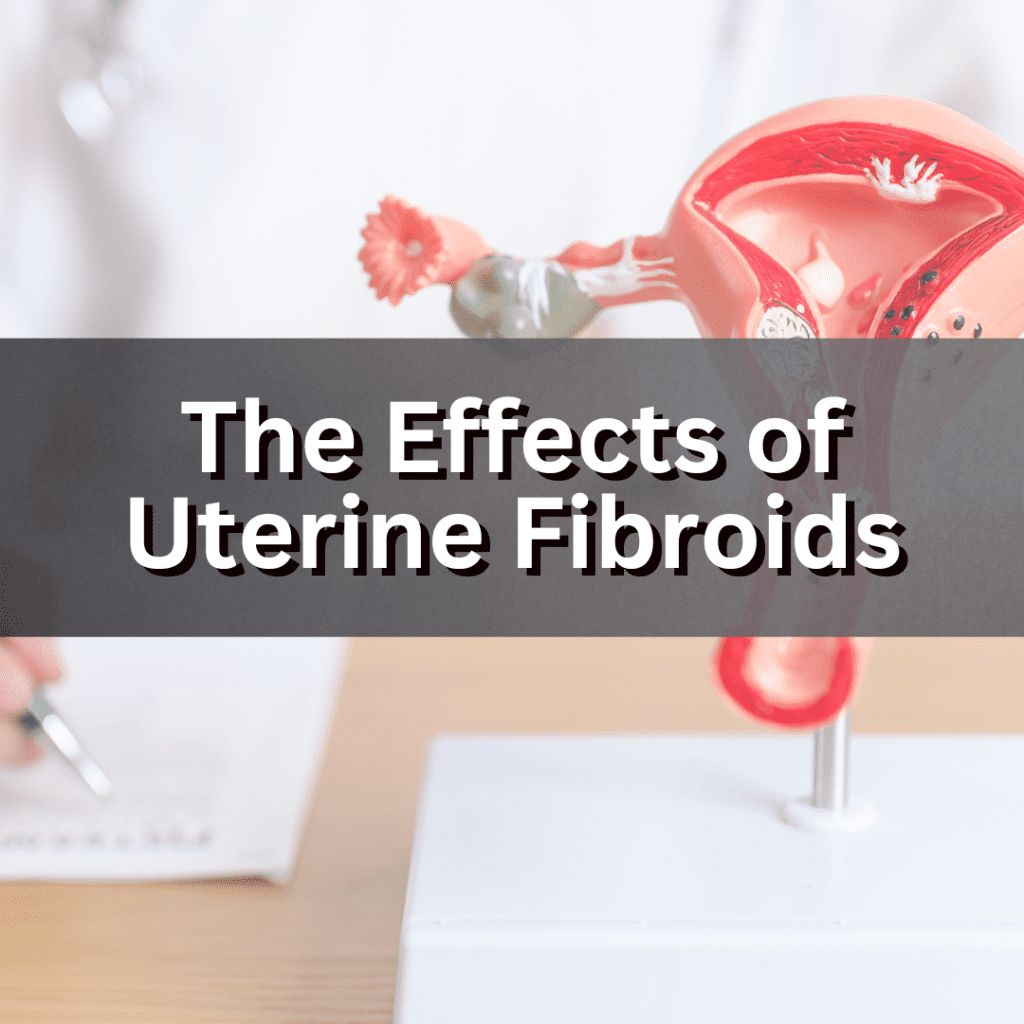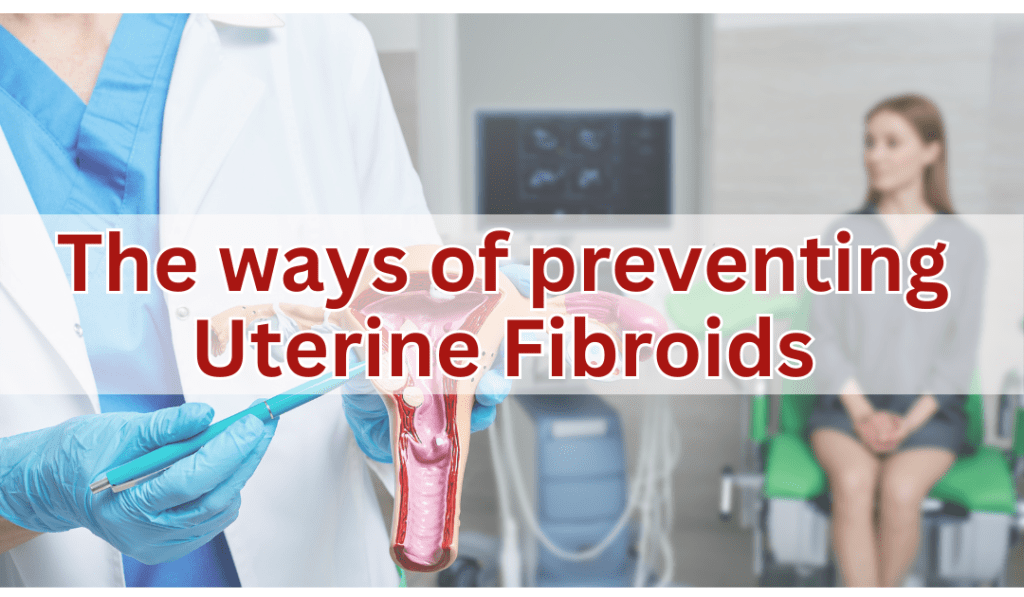Uterine fibroids are benign tumors formed from the overgrowth of smooth muscle tissue in the uterus. Among every 10 women aged between 30 to 50, there are 3 womans will have uterine fibroids. While less common in women under 20 years old, it can still occur.
Although the exact cause of uterine fibroids is not found out yet, factors may include genetic inheritance, hormonal levels, poor lifestyle habits, and stem cell dysfunction. Women of childbearing age with high levels of sex hormone secretion are at a higher risk.
Treatment methods include medication and surgery: medication primarily aims to alleviate symptoms and reduce the size of fibroids, while surgery is for those with severe symptoms affecting quality of life.


There are some symptoms of Uterine Fibroids:
- Abnormal menstruation
- Increased vaginal discharge
- Abdominal masses
- Lower abdominal discomfort


There are some effects of Uterine Fibroids:
1. Menstrual Irregularities
- Heavy Menstrual Bleeding (Menorrhagia): Fibroids can cause prolonged and heavy menstrual periods, which may lead to anemia due to significant blood loss.
2. Pelvic Pain and Pressure
- Pain: Uterine fibroids can cause pelvic pain or discomfort. This pain can range from mild to severe and may be constant or intermittent.
- Pressure Symptoms: As fibroids grow, they can exert pressure on surrounding organs. This may lead to a feeling of fullness or pressure in the lower abdomen.
3. Reproductive Issues
- Infertility: In some cases, fibroids can interfere with conception or pregnancy. They can block the fallopian tubes or change the shape of the uterus, making it difficult for an embryo to implant.
- Pregnancy Complications: Pregnant women with fibroids may have a higher risk of complications such as miscarriage, preterm labor, or breech birth.
4. Bladder and Bowel Symptoms
- Urinary Issues: Large fibroids can press on the bladder, leading to frequent urination, difficulty emptying the bladder, or urinary retention.
- Bowel Problems: Fibroids can also press on the rectum, causing constipation or difficulty with bowel movements.
5. General Health Impact
- Anemia: Due to heavy menstrual bleeding, women with fibroids may develop anemia, leading to symptoms such as fatigue, weakness, and shortness of breath.
- Chronic Pain and Discomfort: Persistent pelvic pain and pressure can affect daily activities, work, and quality of life.
6. Emotional and Psychological Effects
- Stress and Anxiety: Dealing with the symptoms of fibroids, such as chronic pain and heavy bleeding, can cause significant stress and anxiety.
- Body Image and Self-Esteem: Changes in body image, sexual health, and fertility issues related to fibroids can impact self-esteem and emotional well-being.


Here are some recommendations for women:
- Regular Check-ups: Schedule annual gynecological exams to detect and address uterine fibroids and other gynecological issues early.
- Dietary Considerations: Consuming a high-fiber diet helps balance hormone levels. Eat plenty of vegetables, fruits, whole grains, and legumes.
- Regular Exercise: Engage in at least 150 minutes of moderate-intensity exercise per week, such as brisk walking, swimming, or cycling, to help regulate hormone levels and reduce the risk of uterine fibroids.
- Avoid Excess Estrogen: Use estrogen-containing medications, such as hormone replacement therapy (HRT) and certain contraceptives, with caution. Only use under a doctor’s supervision.
- Stress Management: Chronic stress can affect hormone balance. Learn to relax and manage stress through practices like yoga, meditation, or deep breathing exercise
However, it is impossible to completely prevent uterine fibroids, maintaining a healthy lifestyle, regular check-ups, and a proper diet can effectively reduce the risk. If you have a family history or experience related symptoms, consult a doctor promptly for professional examination and guidance.

